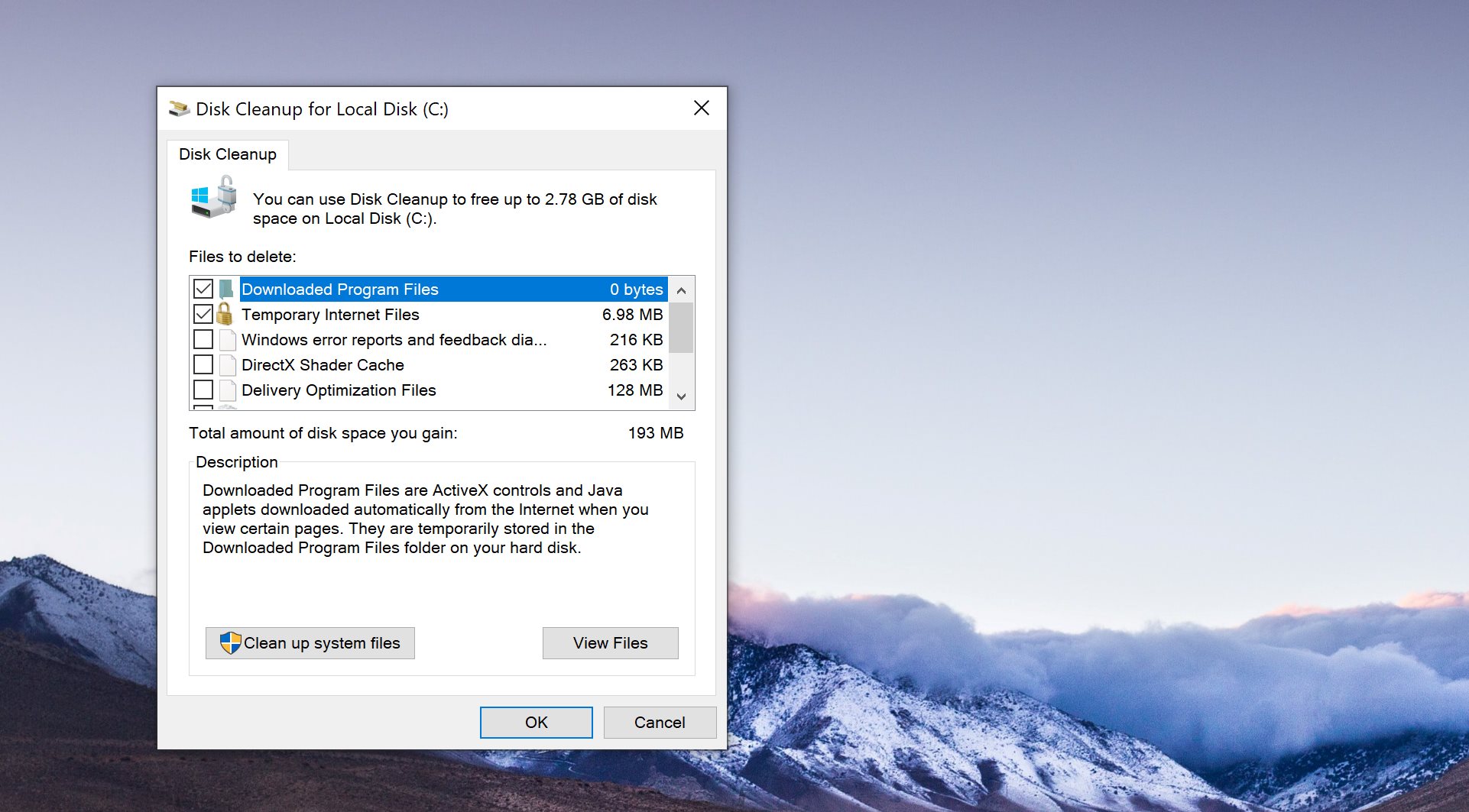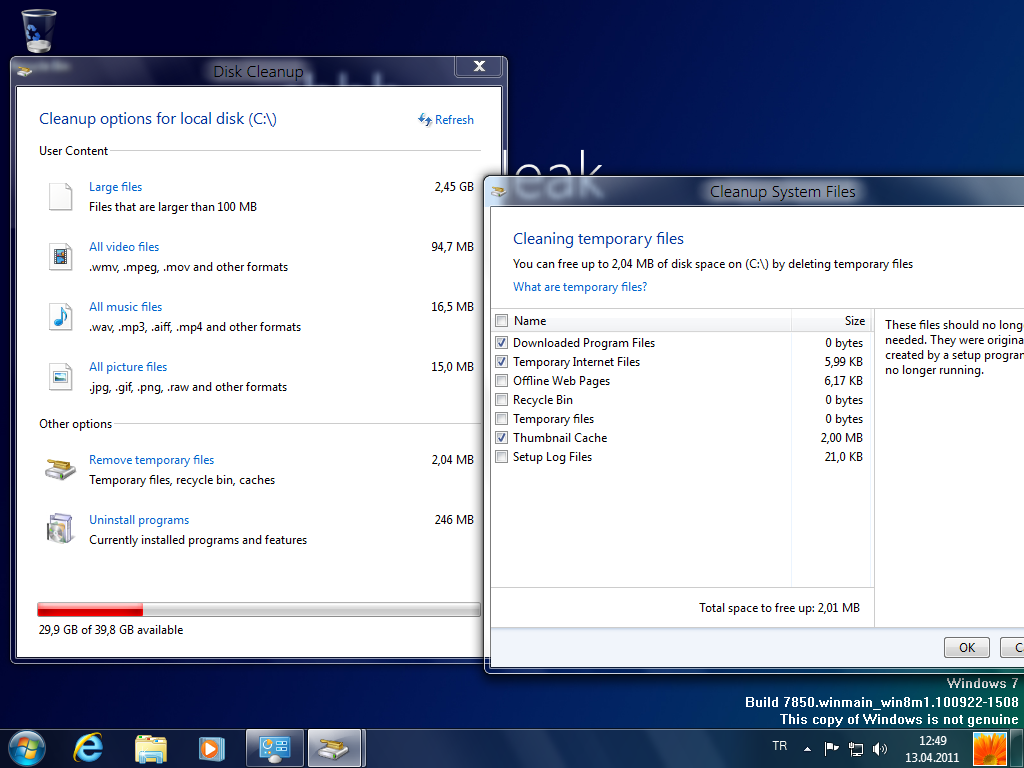

- WINDOWS 8 CLEAN DISK WINDOWS 10
- WINDOWS 8 CLEAN DISK SOFTWARE
- WINDOWS 8 CLEAN DISK FREE
- WINDOWS 8 CLEAN DISK WINDOWS
WINDOWS 8 CLEAN DISK SOFTWARE
Scan your computer with an anti-virus software
WINDOWS 8 CLEAN DISK WINDOWS
The hibernation feature in Windows saves the data in the memory to the hard drive allowing you to shut down the computer preserving the current session. Note: The external drive must be connected to the computer before you try to save any files. For each type of file, select a drive from the drop-down menu.Under More storage settings, select Change where new content is saved.
WINDOWS 8 CLEAN DISK FREE
Instead of saving all the new files on the default drive (C:\), you can save some of the large files to another drive that has more free space. Saving new files to another drive helps prevent low disk space problems. Save new personal files to another hard drive

Repeat the steps to remove other non-essential applications and games.Follow the on-screen instructions to complete the uninstallation process.Select the non-essential application or game.Click the Sort by filter, and select the Size view to quickly identify the applications and games using the most space.Uninstall applications that are non-essential is another way to reclaim additional storage on your computer. Uninstall non-essential applications and games System created Windows Error Reporting files.Under the Local Disk (C:) section, click Temporary files.To delete temporary files with Storage Sense: Under the Temporary Files section, check the Delete temporary files that apps aren't using option.Under the Storage section, click Configure Storage Sense or run it now.Turn on the Storage sense toggle switch.To free up disk space using Storage Sense:
WINDOWS 8 CLEAN DISK WINDOWS 10
Storage Sense in Windows 10 helps delete temporary files from the computer drive and secondary or external drives. Under System Restore and Shadow Copies section, click Clean up.įree up disk space with Storage Sense (Windows 10).To delete the system restore points, except the recent one: System-created Windows Error Reporting filesĭelete System Restore and Shadow Copies using Disk Cleanupĭisk Cleanup utility helps delete older system restore files to reclaim additional storage.Note: The list of items may vary in your installation. Check all the content that you want to delete to free up space, including:.If the computer has multiple drives or partitions, use the "Drives" drop-down menu, and select the drive (C:).If the computer has multiple drives or partitions, use the Drives drop-down menu, and select the drive (C:).Search for Disk Cleanup, and click to open the application.To delete temporary files using Disk Cleanup in Windows: Microsoft Windows has an integrated tool that deletes temporary files and other unimportant data.


 0 kommentar(er)
0 kommentar(er)
